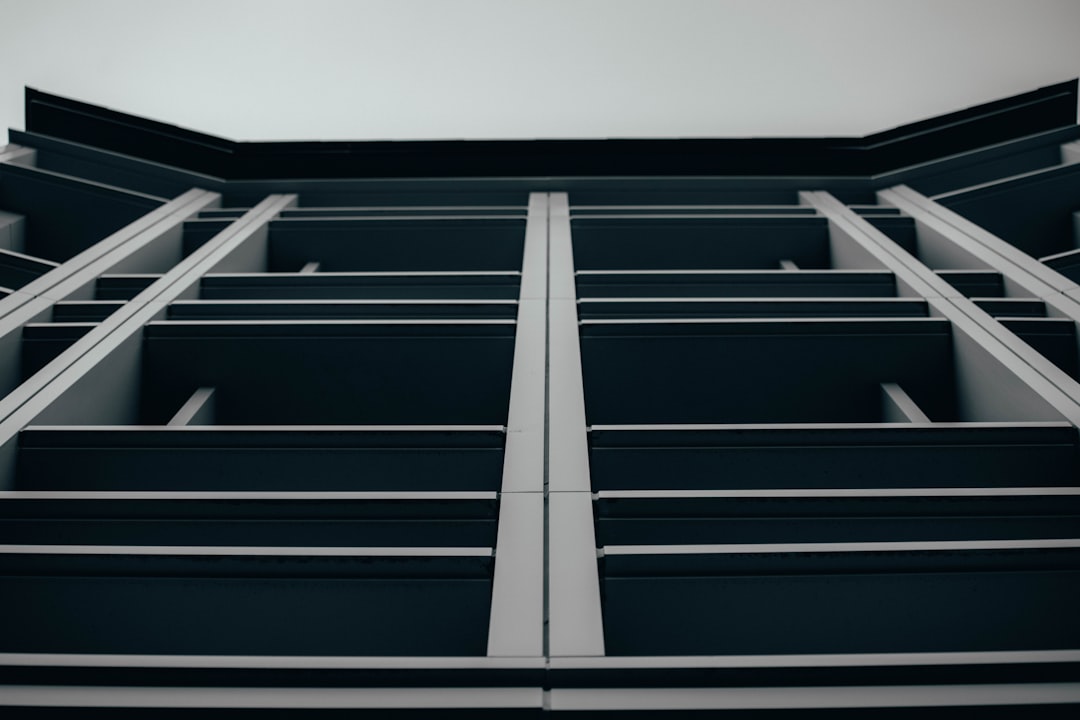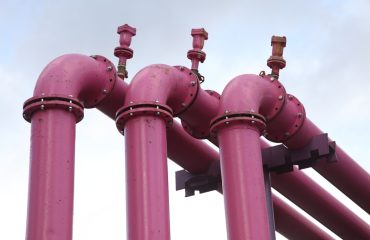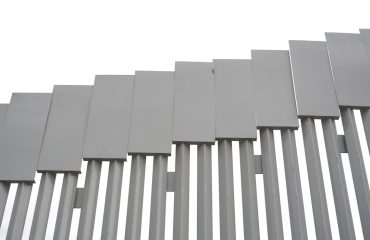Cold drawn flat bars are a crucial component in numerous industries, offering superior precision and mechanical properties compared to their hot-rolled counterparts. This comprehensive guide will explore the intricacies of these versatile steel products, covering their manufacturing process, unique characteristics, diverse applications, and key considerations for selection.
The Cold Drawing Process: Shaping Strength and Precision
Unlike hot-rolled bars, which are shaped at high temperatures, cold drawn flat bars undergo a process of deformation at room temperature. This involves pulling a pre-rolled bar through a series of dies, reducing its cross-sectional area and improving its dimensional accuracy. The process introduces significant tensile stresses, resulting in a refined grain structure and enhanced mechanical properties. This cold working strengthens the material significantly, increasing its yield strength, tensile strength, and hardness. The precise control over the drawing process allows for the creation of flat bars with extremely tight tolerances, crucial for applications demanding high accuracy.
The cold drawing process also improves the surface finish of the bar, resulting in a smoother, more polished surface compared to hot-rolled bars. This smoother surface is less prone to corrosion and can improve the performance of the bar in certain applications, such as those requiring precise machining or assembly.
Exceptional Mechanical Properties: Why Choose Cold Drawn?
The cold drawing process dramatically enhances the mechanical properties of the steel. Cold drawn flat bars boast significantly higher tensile strength, yield strength, and hardness compared to hot-rolled bars. This increased strength translates directly into improved performance in applications requiring high load-bearing capacity and resistance to deformation. The refined grain structure also contributes to improved fatigue resistance, meaning the bars can withstand repeated stress cycles without failure. Furthermore, cold drawing improves the ductility of the material, making it more formable and less prone to cracking during processing.
The specific mechanical properties of a cold drawn flat bar are dependent on the grade of steel used and the degree of cold working applied during the drawing process. Engineers can specify the desired properties to meet the demands of their specific application.
Diverse Applications: Where Cold Drawn Flat Bars Excel
The combination of high strength, precision dimensions, and excellent surface finish makes cold drawn flat bars suitable for a wide range of applications across various industries. These include:
- Automotive Industry: Used in components requiring high strength and precision, such as chassis parts, suspension systems, and engine components.
- Machinery Manufacturing: Ideal for creating machine parts, tools, and fixtures where accuracy and durability are paramount.
- Construction Industry: Used in structural applications requiring high strength and resistance to fatigue.
- Aerospace Industry: Used in components requiring high strength-to-weight ratio and resistance to corrosion.
- Medical Devices: Their precision and biocompatibility make them suitable for certain medical device components.
Selecting the Right Cold Drawn Flat Bar: A Comprehensive Guide
Choosing the appropriate cold drawn flat bar requires careful consideration of several factors:
- Steel Grade: Different steel grades offer varying mechanical properties and corrosion resistance. The choice depends on the specific application requirements.
- Dimensions: Precise dimensions are crucial for many applications. The required thickness, width, and length should be specified accurately.
- Surface Finish: The desired surface finish can impact the performance and aesthetics of the final product. Options range from ground to polished.
- Tolerances: Tight tolerances are essential for many applications, ensuring accurate fitting and assembly.
- Budget: Cold drawn flat bars can be more expensive than hot-rolled bars, so budgetary considerations are important.
Advantages and Disadvantages: A Balanced Perspective
While cold drawn flat bars offer numerous advantages, it’s important to consider their limitations. Here’s a balanced perspective:
Advantages:
- High strength and hardness
- Excellent dimensional accuracy
- Superior surface finish
- Improved fatigue resistance
- Enhanced machinability in certain cases
Disadvantages:
- Higher cost compared to hot-rolled bars
- Limited formability compared to hot-rolled bars
- Potential for residual stresses
By carefully considering the advantages and disadvantages, engineers and manufacturers can make informed decisions about the suitability of cold drawn flat bars for their specific applications.
This comprehensive guide has provided a detailed overview of cold drawn flat bars, from their manufacturing process to their selection criteria. Understanding these aspects is crucial for leveraging the superior properties and versatility of these essential steel products.




